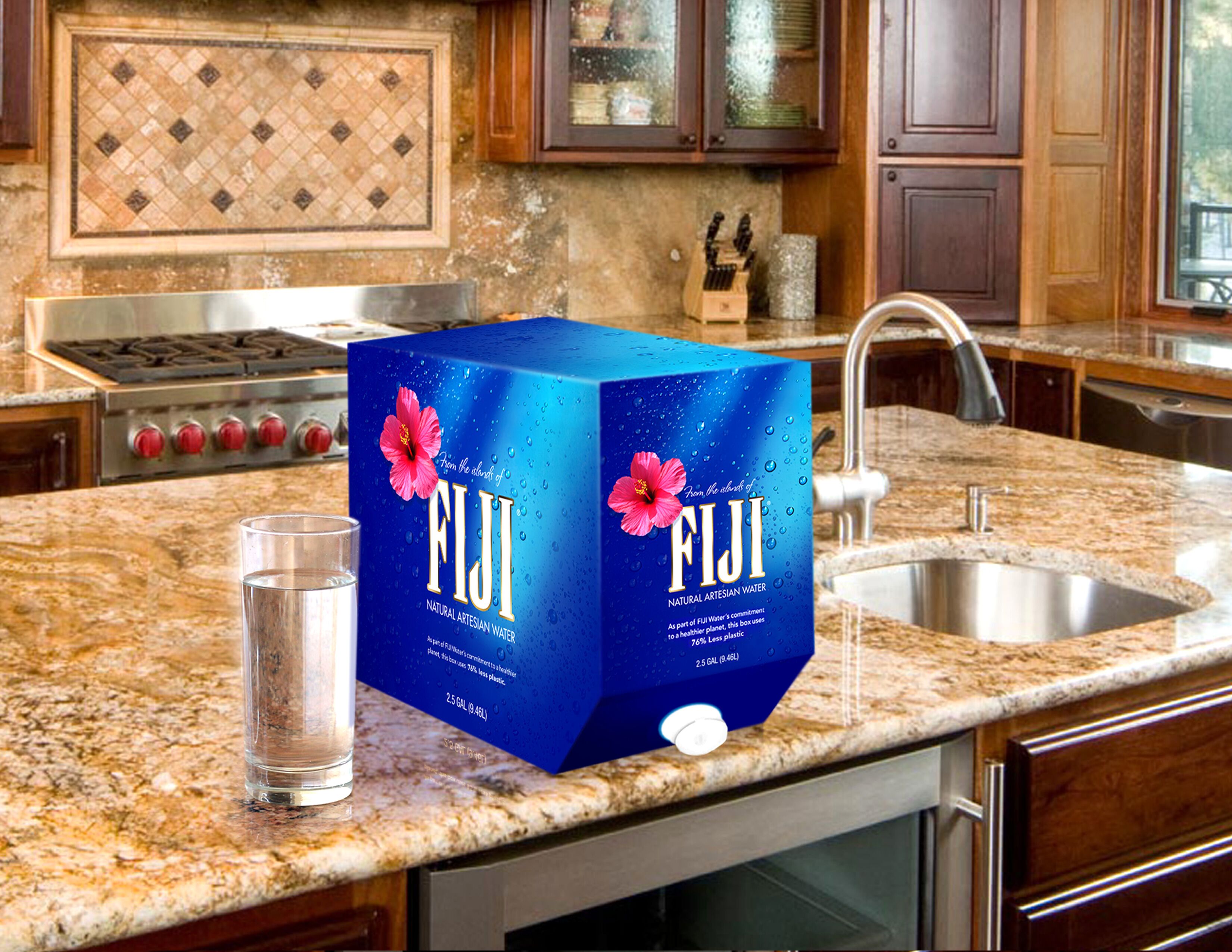“The transition to 100 percent rPET is the cornerstone of our comprehensive approach to sustainability,” said Elizabeth Stephenson, president of FIJI Water. “Environmental sustainability and the preservation of nature is critical to our well-being on this planet. As one of the world’s leading source waters, we believe the best things come from nature, and are dedicated to taking steps to protect the environment today and for generations to come. Recycled plastics are one way to ensure that we are participating in the circular economy, encouraging recycling and reuse.”
The owners of FIJI Water’s parent company, Stewart and Lynda Resnick, announced in September 2019 an unprecedented $750 million pledge to world-renowned science and engineering institute Caltech to fight climate change. The commitment is the largest ever for environmental sustainability research and the second-largest to a U.S. academic institution in history. A portion of the research will focus on decomposable plastics, along with tackling issues of water, energy, food, and waste in a world confronting rapid climate change.
FIJI Water will further reach its sustainability goals through new packaging innovations and plastic reduction that advance the independent brand beyond pledges made by the largest global beverage companies.
As an alternative to single-use bottles, FIJI Water will introduce a new 2.5-gallon packaging option for the refrigerator or counter and a 5-gallon option designed to fit in a standard hot and cold water dispenser. Both options will utilize up to 76 percent less plastic—in the case of the 5-gallon option, an estimated equivalent of 38 fewer 500mL bottles. Prior innovations have also already removed a significant amount of the plastic in bottles since 2008. Ongoing improvements in the current bottles and packaging will be implemented with the specific aim to further reduce the amount of plastic used across the entire line.










